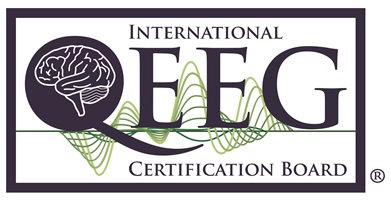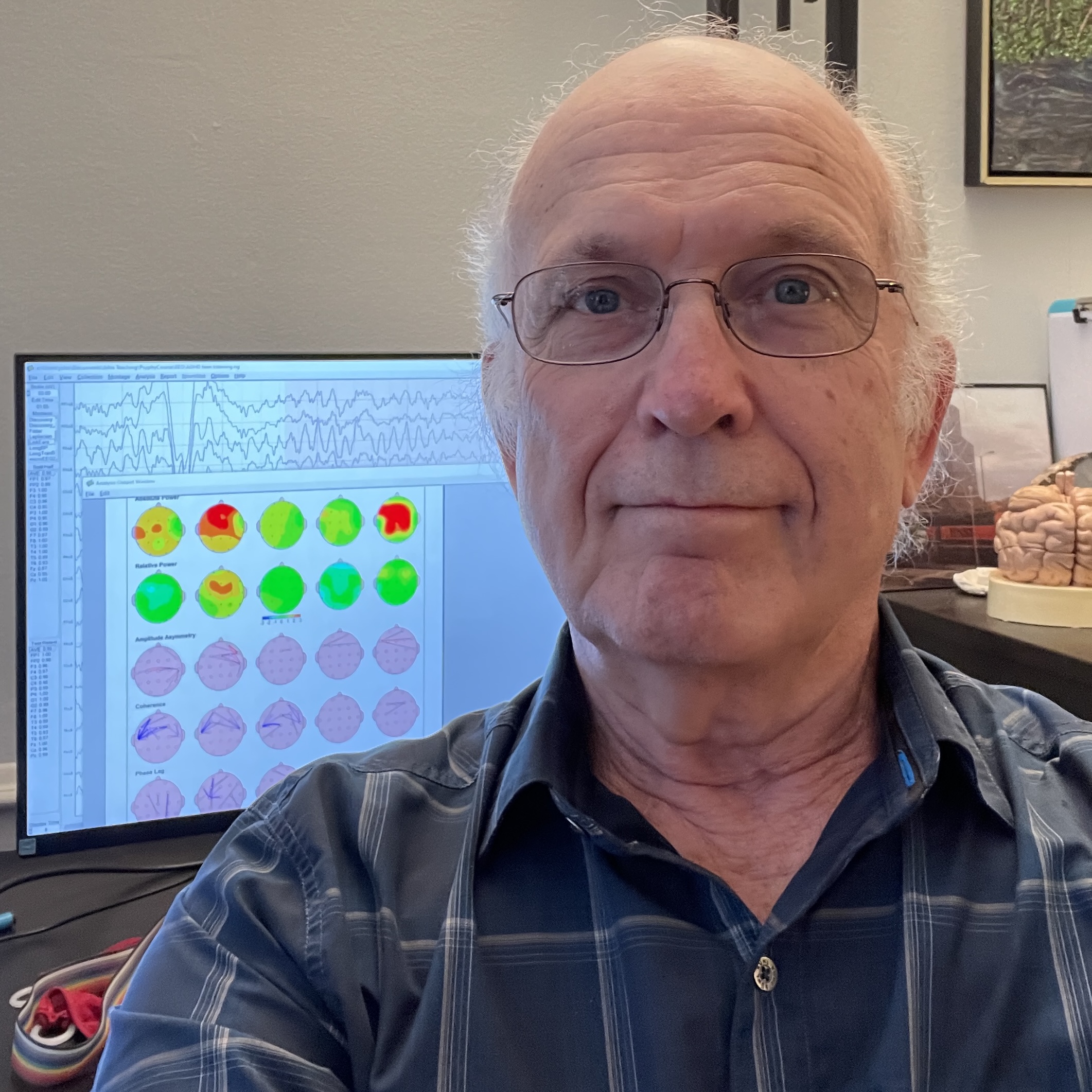We use cognitive behavior therapy, art therapy, family therapy, biofeedback and neurofeedback to help people feel good and function well. We routinely use 19 channel qEEG recorded under resting (eyes closed, eyes open) and task conditions (usually reading, listening, writing and drawing) to understand how the brain responds at rest and when doing something. This process allows us to "target" neurofeedback to specific frequencies, EEG features (usually power or coherence) and brain regions, to get the best, safest and quickest benefits for the patient.
We treat a wide range of disorders including autism, depression, anxiety, trauma, drug and alcohol problems and traumatic brain injury.
We currently have three experienced therapists: Brenda Hightshoe, MA, LPCC, Elizabeth M. Nash, MA, LMFT, AT-R and John K. Nash, PhD, LP.
Our basic approach is cognitive behavior therapy: creating useful habits of thinking, feeling and behaving. Biofeedback and neurofeedback, as well as vision therapy are "fine-grained" forms of CBT, so we often incorporate multiple modalities in our treatments.
We find that art therapy (often clay - we have a kiln) complements our biofeedback/neurofeedback work. We also do binocular vision training, since many people we see have poor control of their convergent (close-up) and/or divergent (distance) binocular fusion. This often causes major problems ranging from inattention to slow and inaccurate reading, to compromised athletic performance or outright clumsiness.





